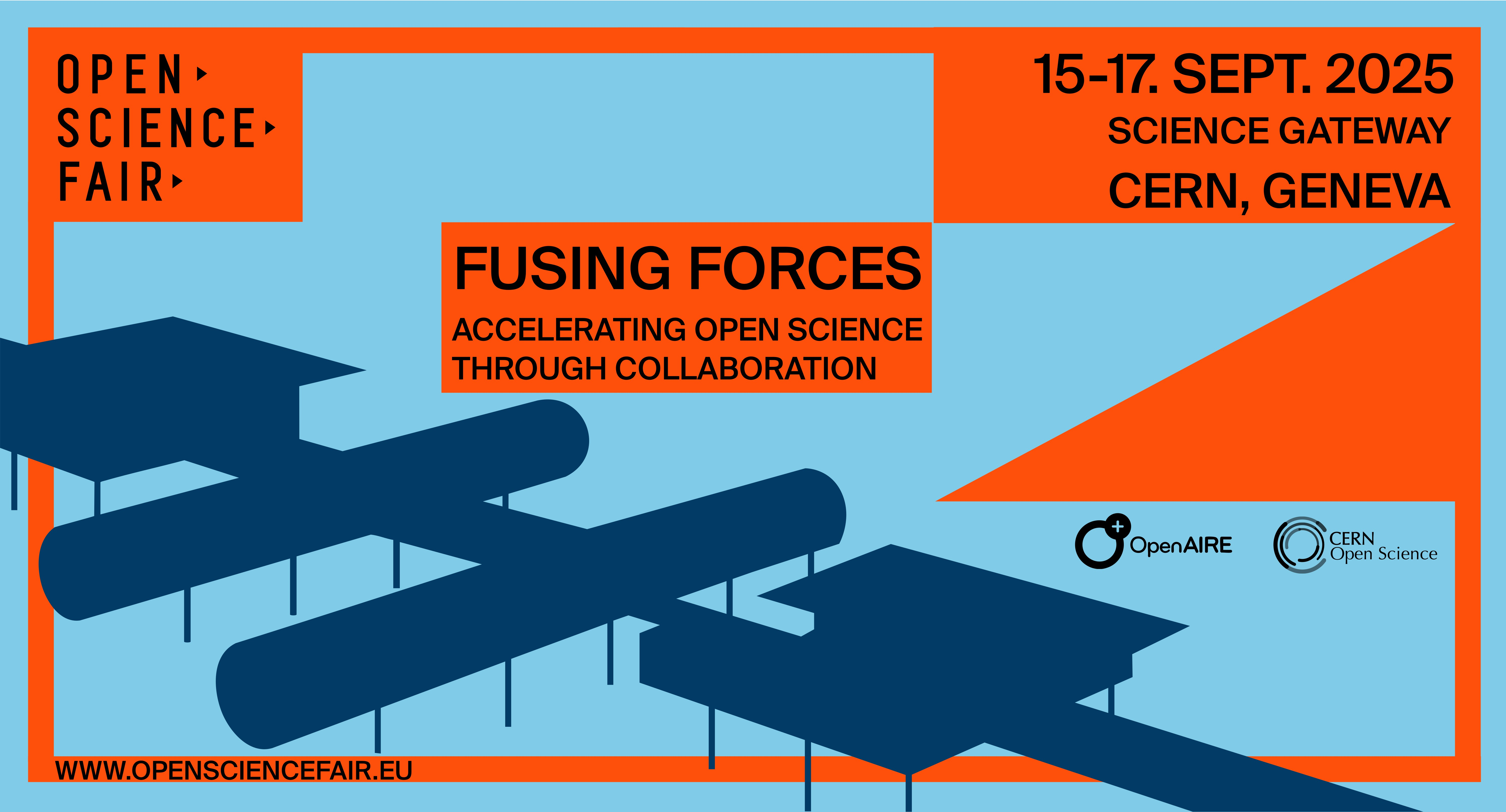Speaker
Description
What if the pipeline for transparent, collaborative research began before university? This presentation shares a bold and scalable model for fostering open science practices in secondary school, empowering students to contribute meaningfully to research while reimagining how we train the next generation of scientists and engineers - with equity at the focal point.
Since 1998, Hathaway Brown School’s STEM research fellowship has connected over 800 high school girls with scientists from NASA, Cleveland Clinic, and universities across Northeast Ohio with authentic, multi-year research projects. Over 300 students have co-authored peer-reviewed papers before graduation, and a longitudinal study shows long-term impact on their confidence, persistence in STEM, and sense of belonging in scientific spaces (https://doi.org/10.1371/journal.pone.0258717).
But today’s research landscape faces increasing challenges. Recent federal changes to policy and funding in the United States are limiting opportunities for the next generation of scientists and engineers to gain the hands-on experience they need to be empowered to solve the challenges of our times.
This session explores how cross-sector, international partnerships can offer students new ways to engage in authentic research, free from these constraints, and will leverage the expertise of participants to imagine open science practices that authentically engage young people earlier on in their academic careers to foster a sense of inclusion.
Tagline
This session will provide an overview of the open science practices currently used at Hathaway Brown to share our successes with preparing young people to meaningfully contribute to research, and will leverage the collective expertise of the participants to discuss new collaborative opportunities.
| Keywords | secondary education, research training, inclusion, girls in STEM |
|---|
